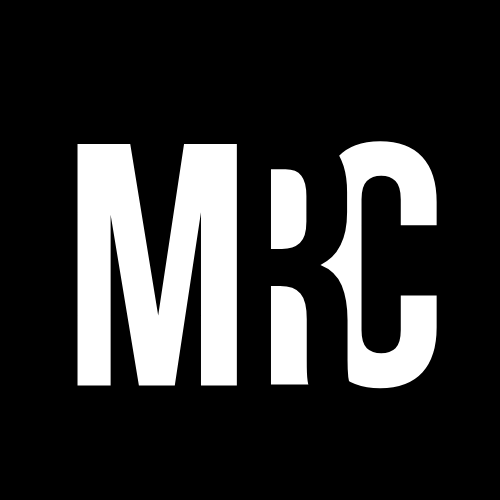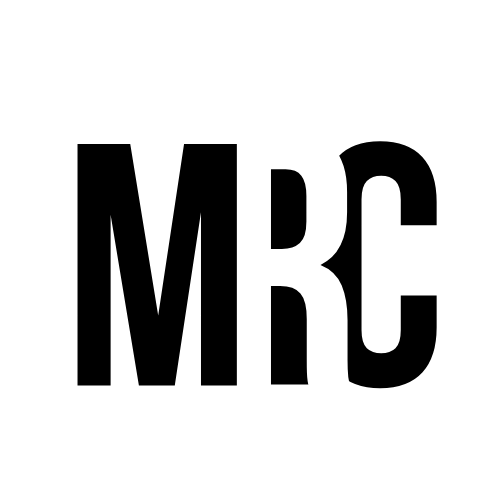Indigenous Relations: Winnipeg At A Crossroads 2022
Do you care about our city? Do you think that there is a different way for politicians to budget our dollars? Me too! Every election year, a group of helpful community leaders come together and envision an alternative municipal budget that prioritizes the well being of our citizens. This year I was honoured to contribute to “Winnipeg at a Crossroads”, specifically the chapter on Indigenous Relations (below) where I make some recommendations to the tune of $790,000. You can read the entire report here:
When Indigenous people look at the way budgets are structured, too often our perspectives are not included in any meaningful way. This is as true in Winnipeg as it is in many other jurisdictions. However, we have an opportunity to improve the quality of life for the Indigenous peoples living in this urban environment.
The City of Winnipeg has the highest urban Indigenous population in Canada and can choose to be a leader on reconciliation. Rather than relying on buzzwords and bare minimums, the City can act upon proposals which truly take care of the land, the water and the people. If we are going to be serious about addressing the most pressing challenges Indigenous people in Winnipeg face, it is going to require facing hard truths, truly listening and making some difficult and deliberate decisions come budget time.
Truth and Reconciliation are not boxes to check. Nor are equity and justice merely aspirational goals, rather they are requirements within the City’s power to achieve. If we are serious about equity and justice, our budgets must reflect those priorities. Decisions surrounding municipal investments will determine if outcomes reach the grand goals and visions that have been shared and articulated. We must avoid, always but especially when it comes to elections or budget making decisions, taking advantage of Indigenous leaders and groups through tokenization. We can and must do better.
Advancing Truth and Reconciliation is primarily the work of non-Indigenous people. Survivors, their families and other Indigenous folks with lived experience have already shared their pain repeatedly through inquiries and task forces, which have resulted in countless recommendations. Non-Indigenous people must use their influence and privilege to push decision makers to take meaningful action, such as implementing the Calls to Action from the Truth and Reconciliation Commission (TRC), the Calls for Justice from the Missing and Murdered Indigenous Women and Girls Inquiry (MMIWG) and the recommendation in the original Aboriginal Justice Inquiry (AJI).
Which one? Take your pick! How many times do we have to ask the same questions, hear the same answers and then spend money asking those same questions so we can get the same answer again before we implement them? The time for drafting recommendations and writing reports has passed, now is the time for implementation. Paths to reconciliation are readily available, but too often the recommendations of Indigenous communities are sidelined by decision makers. There is a recommendation in the AJI for the TRC. There is a Call To Action in the TRC for the MMIWG Inquiry. There is a MMIWG Call for Justice that says to implement all the recommendations in the AJI. This continued delay is unacceptable and comes with deadly consequences. Now is the time for transformative change. In some areas, Winnipeg is regarded as a leader in municipal reconciliation and in many others, very life-threatening ways, we have a long way to go. Will political leaders and decision makers make the necessary choices to improve wellness in 2022 and beyond?
Ensuring Accountability
The focus of our recommendation this year will be finding a way for the City of Winnipeg to support the nearly 200 organizations and groups that have signed on to the Winnipeg Indigenous Accord (established 2017). This aspirational document encouraged signatories to use the TRC Call to Action 43 to use the United Nations Declaration on the Rights of Indigenous People and the TRC as a whole as a guide to reconciliation. It has since been amended to include the Murdered and Missing Indigenous Women, Girls and Two Spirited and Calls for Justice. Signatories must publicly state their commitments, agree to be monitored and supply an annual update for National Indigenous Peoples Day. Our hope is that we can move from the oft-repeated, small-scale education and tokenization to clear goals and implementation. Our recommendation is to ensure that organizations don’t repeat the same talking points each year, monitor their progress, support their development and most importantly ask the hard questions of signatories that are not living up to their stated reconciliation goals.
Standing On The Shoulders Of Those Who Came Before
The Indigenous Accord could prioritize signatories that connect to Oshki Anishinabe Nigaaniwak, the 2008 Aboriginal Youth Strategy. That this strategy continues to this day actually meets the 2015 TRC Call to Action 66. The early Indigenous initiatives within the City’s Community Services department have grown and expanded to become the Indigenous Relations Division; an example of Indigenous leadership cutting across all city departments. The City of Winnipeg also facilitated reconciliation training of all City employees (Call to Action 57) and donated land to a monument to Indian Residential School Survivors in St Johns Park called Kapabamayak Achaak, Wandering Spirit, the Winnipeg Healing Forest (Call To Action #82). While there remain clear challenges with policing, the Winnipeg Police Service did engage with the National Inquiry’s #SacredMMIWG art project/portrait series (Call For Justice 6.1) and issued an apology on the police services’ behalf. This is not an exhaustive list but is intended to acknowledge the progress that has happened and thank the leaders and helpers that have made them possible.
Truth and Reconciliation Oversight Must be Indigenous Led
When we factor truth, reconciliation and justice into the Alternative Municipal Budget, we can adopt a lens that helps us look critically at what is presented and we can then take steps towards equity. Applying an equity lens means we may have to give more support to those who need more in order to achieve balance with those who have benefited more in past budgets. The statistics tell us that Indigenous people are over-represented amongst our relatives who struggle with homelessness, harmful substance use, the lingering effects of Indian Residential Schools, the sixties scoop and the very real and current threat of Child and Family Services. When we build a budget with equity at its core that puts Indigenous and non-Indigenous Winnipeggers on equal footing, we can create a good life for all citizens of Winnipeg. How can we accept living in a city where residents from the Downtown or Point Douglas, two neighborhoods with the highest Indigenous populations, die anywhere from 10 to 18 years sooner than someone born in the suburbs?1 We must end the cycle of consultation with little to no action. Despite gains, it persists in many systems in and around the City of Winnipeg in 2022. It is time for our leaders and decision makers to back up the good words they have been saying, the aspirational documents they have been signing and truly implement the recommendations that have been made repeatedly. The Western world has a saying that ‘perfection is the enemy of good’. To be clear, good will not be good enough as this work must and should be ongoing. But if fear of making mistakes is keeping some from doing anything, then that is more damaging.
Winnipeg’s municipal government has been looked to by other cities across Canada for best practices as it pertains to reconciliation. Real commitment through better oversight to existing Indigenous Accord signatories, support for their accomplishing their existing commitments and then taking on more, and encouraging new signatories, must be prioritized. This can be done by strengthening the Indigenous Relations Division through better resourcing it with more staff and operating funds. Policy must be implemented that ensures it also has the necessary autonomy to direct their efforts and resources, according to community needs, to avoid performative and/or tokenized gestures.
Another concrete gesture the City could make towards reconciliation is an ongoing commitment to Circle of Life Thunderbird House through annual operating funding. Thunderbird House should be supported to be both a visual symbol of our City’s commitment to its Indigenous inhabitants and a hub that is run by Indigenous community members for Indigenous community members. The land adjacent to the Thunderbird House will soon be a site for a unique housing initiative geared toward community members, largely Indigenous, who are houseless. Ensuring the survival of the Thunderbird House itself would be crucial to better supporting this initiative and those who will be living there. Ensuring that the Indigenous Relations Division has the resources to better monitor and support the signatories of the Indigenous Accord would just be one example that will allow us to take better stock of what still needs to be done and celebrate what has been. A direct commitment to Thunderbird
House would be well worth celebrating. Fully resourcing and empowering the Indigenous Relations Division to act on community identified needs rather than those that might only be politically expediant will demonstrate true commitment to healing the harm done by the attempted genocide of Canada’s Indigenous Peoples by its governments. Improving the health and wellness of all Indigenous people in Winnipeg must be prioritized in the years and budgets to come.
New expenditures:
Add three FTEs to the Indigenous Relations Division – Salary $75,000
and $15,000 for hiring costs – Total $300,000Annual Operating Grant to Circle of Life Thunderbird – $145,000 for
operations and $45,000 in forgone tax collection – Total $190,000Annual operating grant to Mama Bear Clan and Bear Clan – $150,000
each – $300,000



